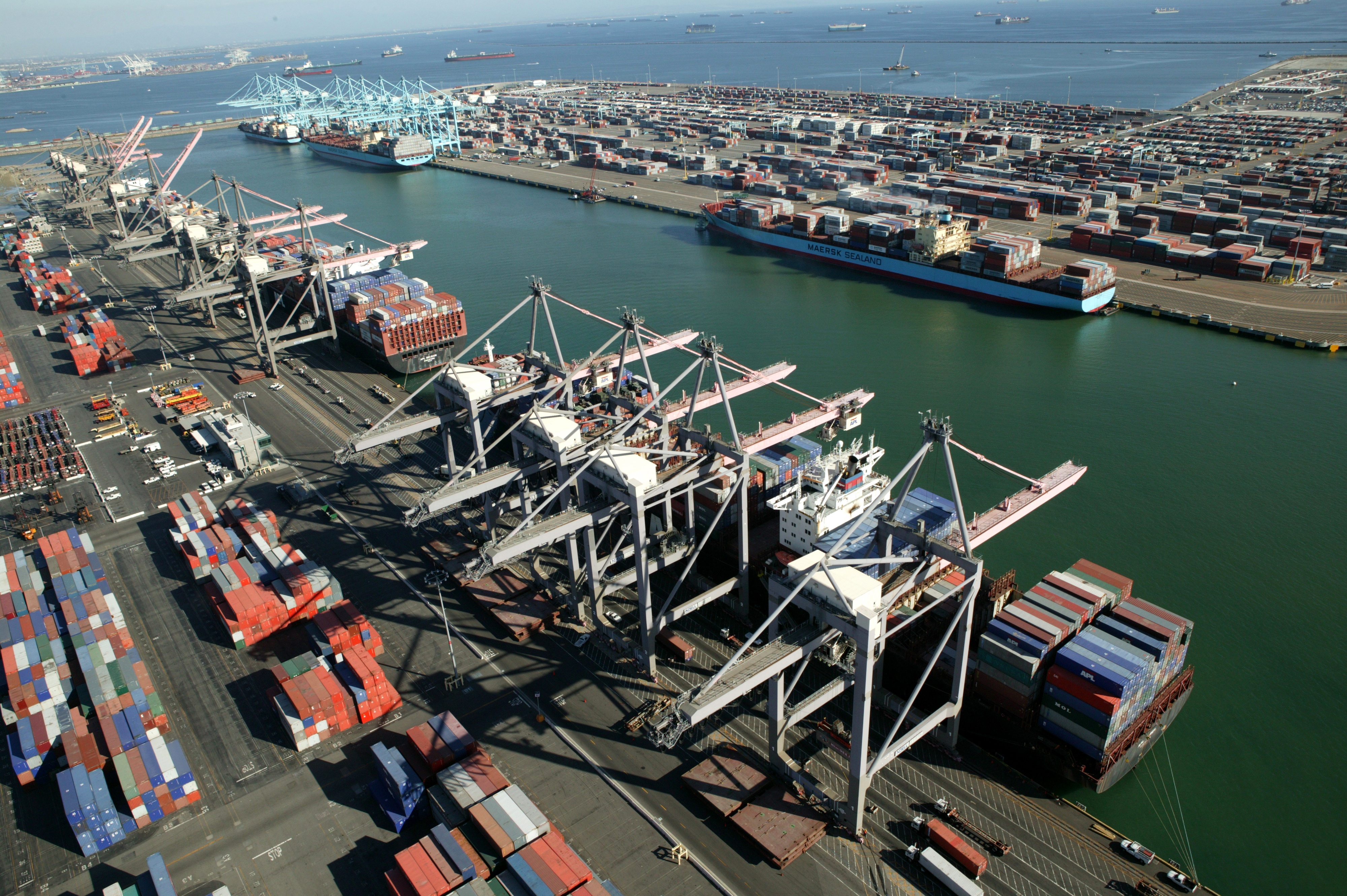There is currently no solid national solution for long-haul, temperature-controlled LTL shipments between 55 and 65 degrees Fahrenheit. Consequently, candy manufacturers and other shippers with this temperature requirement use a multi-stop truckload solution to move goods to retailers in different regions. This strategy poses increasing problems as TL capacity tightens and as retailers levy tougher penalties for shipments that don’t hit requested arrival dates (RADs). For shippers feeling this pinch, a pool distribution strategy may be a lower-risk, lower-cost alternative.
Problems with Multi-stop Truckload Shipments
Truckload carriers prefer point-to-point, long-haul runs. But in a soft freight market, they are more willing to do the multi-stop runs relied upon by small to mid-sized refrigerated trucking companies. As freight capacity tightens, however, carriers with a choice will opt for more lucrative direct runs.
The primary downside of a multi-stop truckload shipping strategy is the unpredictability of delivery times. A frustrating reality of retail distribution is that trucks often get held up at retail DCs, making it difficult to hit RAD dates for subsequent appointments.
Retailers now put a premium on RAD compliance – your product needs to get there at the agreed time. Companies who miss delivery windows are now penalized via chargebacks and other fees, as with Walmart’s OTIF program. These penalties can add up quickly and can far exceed any cost advantage of multi-stop TL.
Pool Distribution for Refrigerated Transportation
The solution to this dilemma for temperature-controlled LTL shipments is pool distribution. With a pool strategy, product ships direct to the destination region without making multiple stops. This speeds delivery times and makes it possible to commit to time-defined, RAD-driven deliveries. A local pool provider receives, sorts and delivers products based on individual retailer orders.
So, if the value proposition for pooled shipments of temperature-controlled freight is so clear, why isn’t the strategy more prevalent?
It’s because the strategy requires change. Some of that change may involve working with retailers to create more defined ordering and delivery schedules. To use the analogy of a car service, a transportation company might offer very attractive rates to take four passengers to and from the airport on a weekly basis. But if two of the passengers regularly cancel and another is regularly late, the solution falls apart. The company’s service and price commitments were based on a predictable number of passengers on a predictable schedule.
But most of the change is in your internal operation and the need to synchronize inventory availability, orders, shipping schedules and final deliveries in a way that meets retailers’ RAD dates at the lowest possible shipping cost. Typically, retailers will provide a wide enough shipping window to allow time for consolidation at the front end.
What to Look For in Pool Distribution Partner
For a pool distribution strategy to work for long-haul freight, here is what a 3PL partner should offer:
- Density of like shippers. Look for a 3PL with a concentration of customers whose freight is similar to yours, with like temperature requirements. Weber Logistics, for instance, offers pool distribution to a number of candy companies.
- Cold chain integrity. Pool distribution providers must ensure an unbroken cold chain as product moves from trailer to warehouse dock to trailer.
- Compatible products. Temperature requirements for shipping candy products, for example, are often similar. But temperature control isn’t the only criterion for compatibility. For example, certain products, like mint-flavored items, have an odor that makes it more difficult to combine with other products, like chocolates.
- Systems to automate the process. It’s important that you or your refrigerated transportation provider have systems that can automate the load building process, combining like shipments that are going to the same place in the same timeframe at the same temperature range.
- In-transit visibility. Your pool distribution provider should give you 24/7 visibility and control of freight in transit. Providers that offer a door-to-door solution should have direct connectivity with local pool distributors so that, regardless of who is handling the freight anywhere in the country, up-to-date delivery data is available through a single web portal.
Is Pool Distribution Right for You?
Collaborating with other food shippers takes time and effort. 3PLs can facilitate these arrangements since they have relationships with other food shippers and visibility to where and when their freight is moving.
Are you concerned with the viability of a multi-stop TL strategy? If so, consider pool distribution as a faster, more predictable and, ultimately, cheaper solution for temperature-controlled LTL shipments, including those between 55 and 65 degrees. To explore whether a pool strategy could work for your long-haul, refrigerated shipments, contact Weber today.





 Capital Management
Capital Management